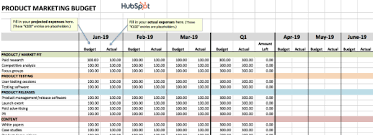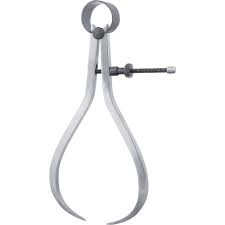Free Day Of Planning.
I was talking to a brand planner at a big agency in NYC a while back and offered him a “free day of planning,” a way to introduce my skillset. The hope was to pick up some additional work. His response, and I paraphrase, was “What can anyone learn about a brand in one day?” His firm digs very deep and he couldn’t see any one turning up any value in a single day. Looking back, I find it hard to disagree with him. Though rules are made to be broken. And if a planner can uncover a key insight in a day, imagine what s/he can uncover in a week.
Recently, I offered some folks a free day of planning and it worked out just fine. It was a small but complicated business and the stakeholders found it very hard to explain their model in a few words, especially to potential investors. So they explained in paragraphs. Long paragraphs. They agreed they needed focus and a boiling down of their value proposition.
When I started the clock, I interviewed one of the stakeholders for about an hour and a half. On another day, I interviewed the second stakeholder for an hour and a half. I also interviewed a key software vendor of theirs, someone with hundreds of hours on the street – so as to get an unabashed view of the business. About half an hour. Then I cleaned up all my notes, I’m a horrible typist. Half hour.
Following a review of some competitor websites, another hour, I slept on it. These efforts took place over the course of a week or so, due to others calendars.
When time to begin planning, I read all my notes and started to circle any activities, stories or evidence of value. I call this proof of value. As clusters of value became clear I broke out the colored highlighters. Add two more hours.
Then I slept on in. Early one morning I woke up with an idea. An idea that was the beginning of the brand claim. I can’t count sleeping hours, so this was a freebie.
Over the next day or so I began to craft a few slides of a PPT presentation while massaging the brand claim. The proof planks, organized while doing the value clusters, in the earlier session already existed. All totaled about an hour and a half to put the PPT together. Total time was 8.5 hours. A day of planning according to the clock.
This piece of pro bono work was strong. The clients were effusive in their praise and thanks. I never wrote a brand brief — a no-no — but time did not allow for it.
Had I the 3-4 weeks typically needed to do this work it may have been different, certainly more nuanced. And deeper. But is was a job well done. And a brand strategy well received.
Who said Rome wasn’t built in a day? Peace.









